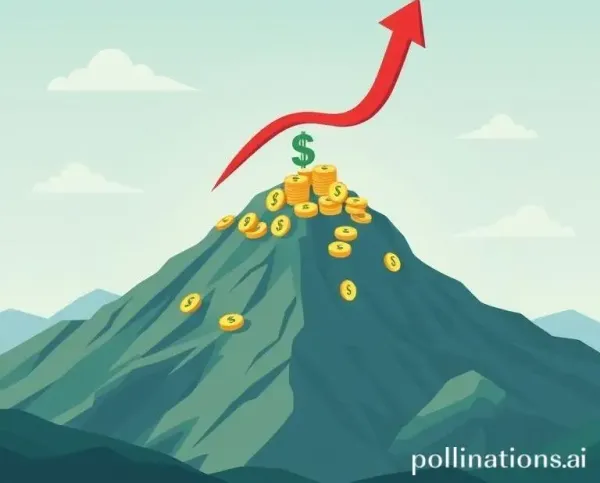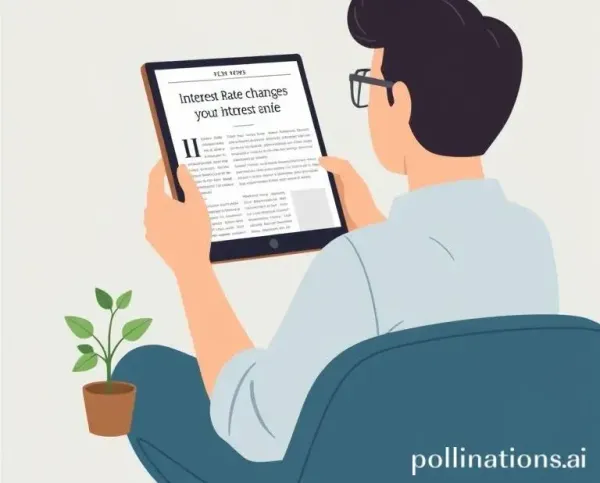Understanding the New Inflation Norm: Why 3% is the New 2%
Explore why 3% inflation might become the new normal and how it affects your money.

The notion of inflation hovering around 3% might make you furrow your brow, especially if you grew accustomed to the magical 2% target. But here's something curious: maybe a 3% inflation rate isn't as foreboding as it sounds. Let's explore this shift together.
The Inflation Paradigm Shift
Why the change from 2% to 3%? The short answer is that economic conditions are different now than they were decades ago. With global supply chain issues, increased labor costs, and other macroeconomic factors, the Federal Reserve and other financial entities expect inflation trends to adapt. In essence, 3% could become the new 'normal'.
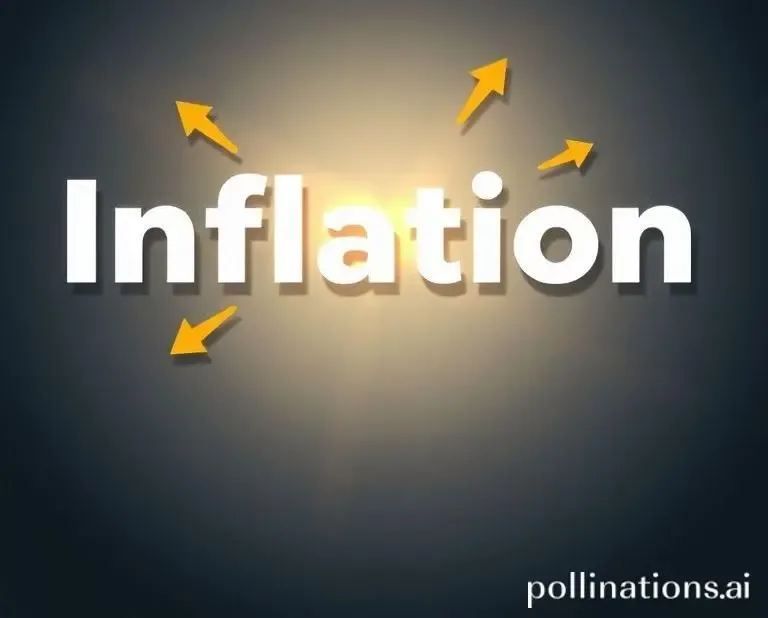
Why Does This Matter?
If you're like most people, inflation feels like a ghost in the financial machine. For instance, remember when you were planning your first budget? If you knew to expect higher inflation, your priorities might have shifted. Here's what to think about:
- Rethink your fixed-income investments, as their returns may not keep pace with rising inflation.
- Revisit your budgeting and savings plans to accommodate potentially higher living costs.
- Consider diversifying your investment portfolio to include inflation-protected securities.
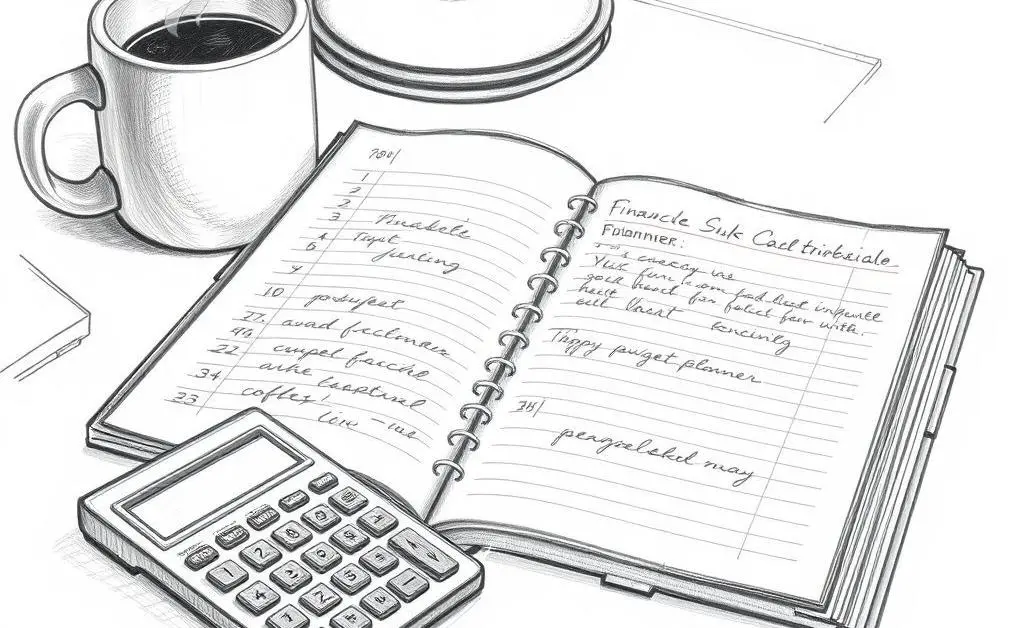
Practical Steps to Cope with Higher Inflation
While a 3% inflation rate might not sound comforting, it's not all doom and gloom. Consider this: A friend of mine, Alex, noticed how small adjustments made a big difference. By reallocating more funds to stocks and inflation-indexed bonds, Alex felt a little more at ease.
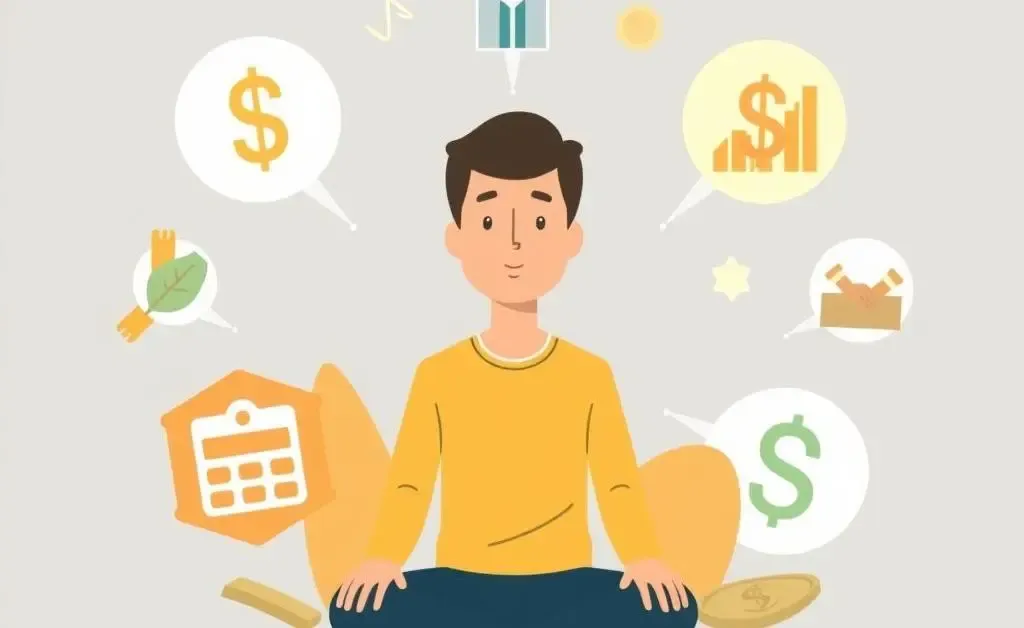
Understanding this shift allows us to prepare better and avoid financial surprises down the road. How are you adjusting your financial strategies to align with this potential new normal?

